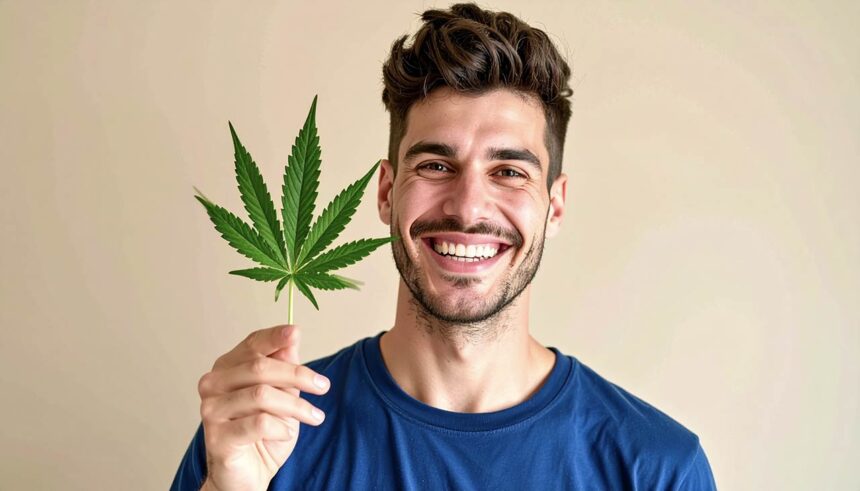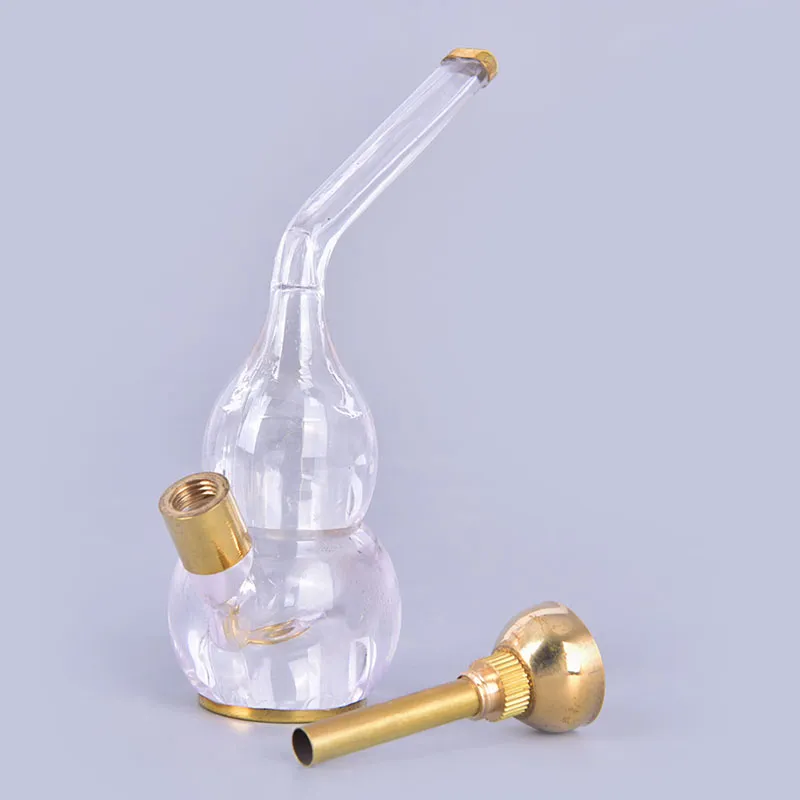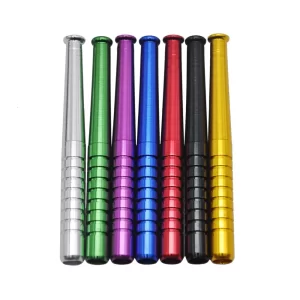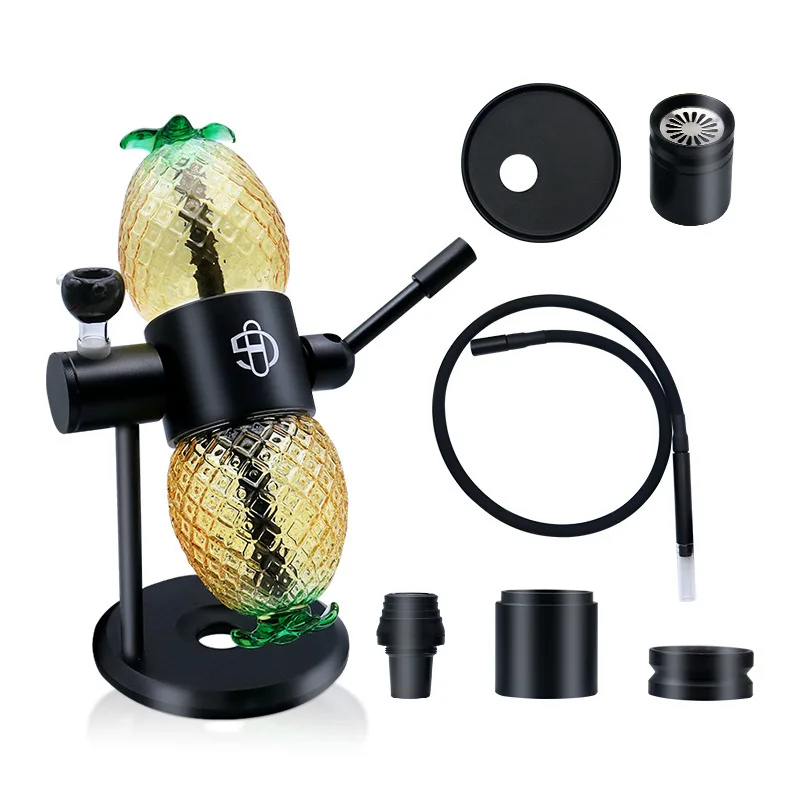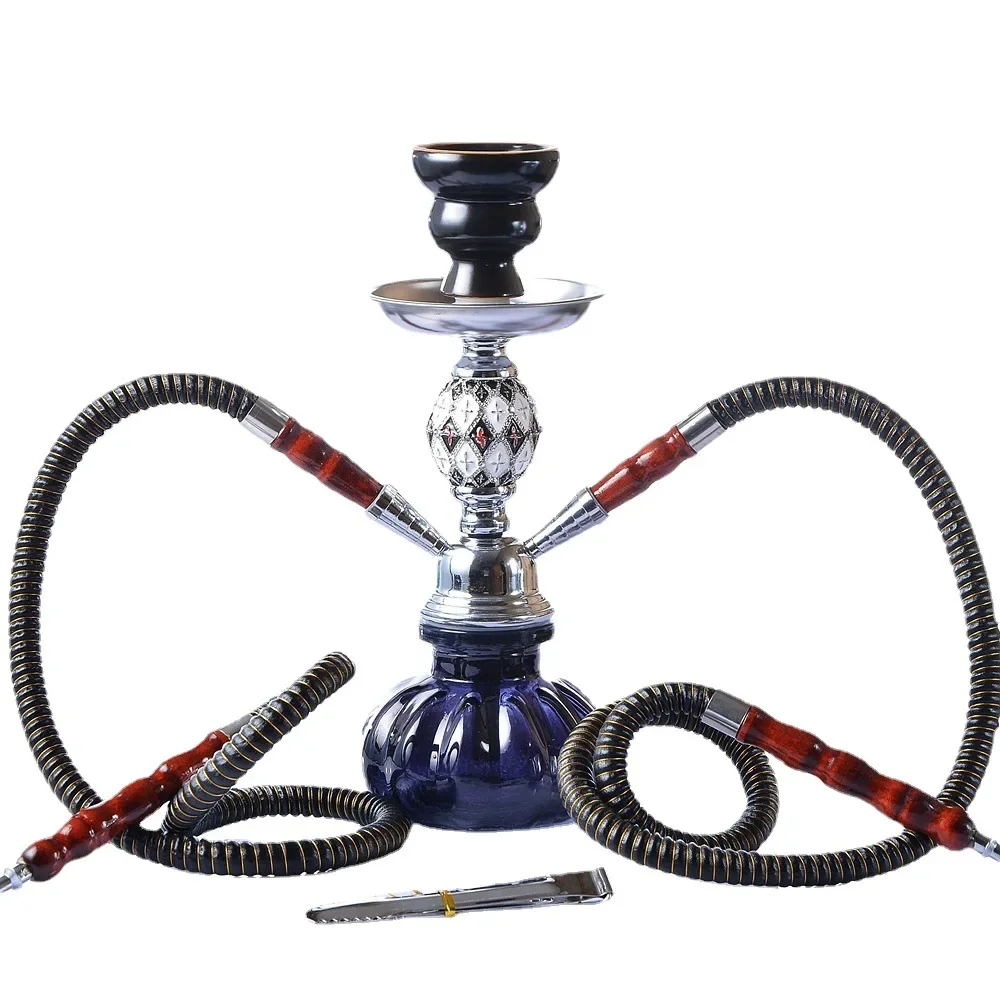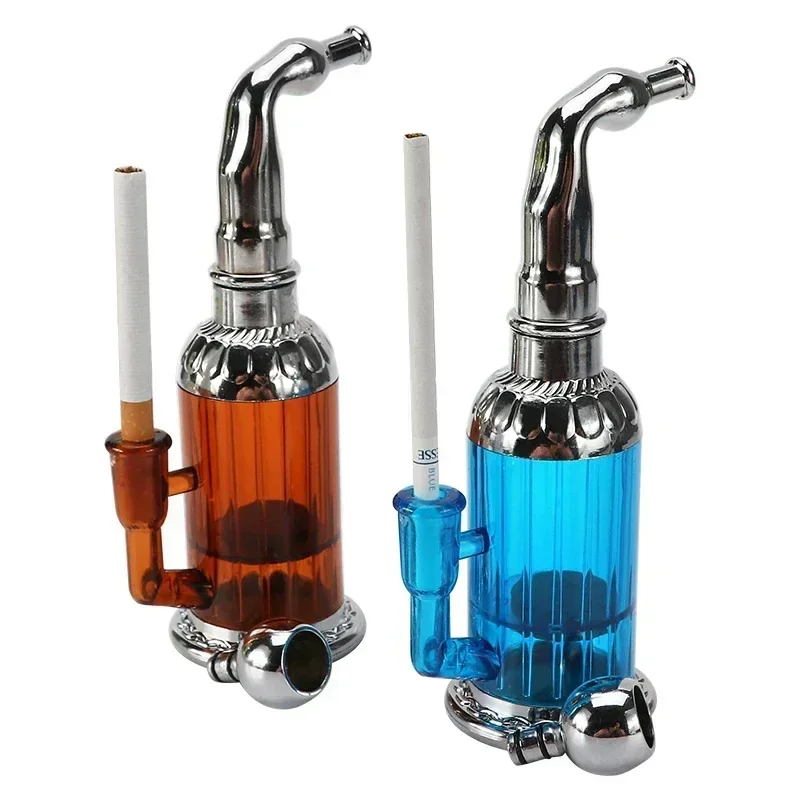The world’s first international treaty to control cannabis and hemp was signed on February 19, 1925, at the Geneva Opium Convention. Following World War I and the rise of the League of Nations, the 1906 Brussels Pharmacopoeia Treaty was amended in 1925 to add “Indian Hemp” to its list, thereby restricting access to cannabis herb, extract, and tinctures in an effort to control the production and distribution of “addictive substances.”
This marked the first time in history that cannabis became an internationally controlled drug. Driven by racism, colonialism, and the conservative governments of Brazil, South America, and Egypt, the entire planet soon fell in line, ready and willing to demonize this ancestral plant. Despite thousands of years as a remedy for pain, in the stroke of a pen intolerance and greed prevailed and reigned over cannabis.
By the mid-1930s industrialist Harry Aslinger, motivated by self-interest, championed a campaign supported by adversaries threatened by hemp fiber. His conspirators included media mogul William Randolph Hearst; Andrew Mellon, then the world’s richest man and Secretary of the Treasury for three terms; and the DuPont Family. Peddling paper and plastics in lieu of industrial hemp, money and politics sealed the fate of cannabis.
Despite brief reprieves driven by the needs of war, the 1937 Marihuana Tax Act became the nail in the coffin. By 1982, another tax code, 280E, further ensured that even if states legalized cannabis, distribution would remain financially untenable.
Efforts to control and ultimately prohibit hemp and cannabis placed enormous pressure on both industry and consumers. Leveraging moms and churches, the 1936 propaganda film “Reefer Madness” and supporting propaganda spread like wildfire. The message was clear… marihuana is coming for your kids. The Mexicans and Blacks are coming—lock up your white women before they’re ravaged and turned into sexual slaves!
With the Twenty-First Amendment repealing the Eighteenth and ending Prohibition, American consumers regained legal access to alcohol and the freedom to get high again. But with alcohol no longer the enemy, we needed a new demon, a new scapegoat. By lumping cannabis in with narcotics and lethal drugs through Schedule 1, the alcohol, tobacco, pharma, paper, and plastic industries found a new target. Weed never stood a chance.
The 1970s War on Drugs
The 1925 Opium Convention spring boarded a series of anti-cannabis treaties, including the 1961 Single Convention on Narcotic Drugs. This time, backed by the U.S., developing countries like Jamaica were at risk of losing funding or having debts called in if they crossed the line on cannabis. Countries, cultures, and communities were devastated. Racism and colonialism once again proved to be effective tools for squashing a plant that grows around the world. By the 1970s, with the U.S. recovering from Vietnam and the restless masses demanding change, President Richard Nixon was ready to wage war on the home front. This time it would be a “War on Drugs.”
The Science Matters
As we navigate the crossroads of science and shame, we must reckon with the fact that, despite thousands of years of ancestral use, cannabis remains a newcomer to serious scientific study.
It was not until 1964 that Raphael Mechoulam and his team first identified the chemical structure of THC and CBD. By 1988, researchers at St. Louis University discovered the CB1 cannabinoid receptors in the human body. Building on these breakthroughs, Mechoulam’s team continued to study the effects of cannabis and identified cannabinoid receptors in the brain, revealing the existence of endogenous cannabinoids and a complex signaling system vital to maintaining balance and homeostasis in the body. The discovery of the endocannabinoid system (ECS) revolutionized our understanding of how the body regulates mood, appetite, pain, sleep, immune response, and pleasure. It also paved the way for research into cannabis’s therapeutic applications and opened the door for legal medical markets.
The Train Has Left The Station
Despite fear-mongering campaigns, D.A.R.E, “this is your brain on drugs,” and the Reagans, the Bushes, and Clinton’s “three strikes you’re out” push, it’s hard to keep a good plant down. Generations of growers around the world spawned cartels and a thriving legacy market. These communities perfected cultivation, manufacturing, and distribution. Seeds and strains were traded as medicine, and safer ways to “get high” found their way through the eroding cracks of prohibition and shame.
In 1996, California became the first state to legalize cannabis for medical use with Proposition 215. By 2012, Michigan, Colorado and Washington followed, legalizing cannabis for recreational use via ballot initiatives. The people spoke, constituents voted, and the plant crept through the cracks as regulators tried to pave the way for safe medical and recreational use. This task has never been easy, and we continue to fumble in our efforts to this day.
Overregulation and excessive taxation crippled the industry over the next decade. Risk-taking entrepreneurs tried to manage cannabis commerce, but the burdens proved unsustainable. As the bubble would burst, well-financed multi-state operators swooped in to monopolize an industry that consumers were eager to support. The tobacco, alcohol, and pharma industries watched from the sidelines, having no choice but to join the party.
Cannabis proved itself to be the safer, better alternative. The world was ready to get high, and afflicted humans were ready to treat their pains and diseases. The anti-cannabis propaganda peddled for decades was finally falling out of favor with the public. We stopped believing the lies. We finally questioned whether our brains were really like eggs in a frying pan. As accurate information and science began to emerge from behind the curtain of prohibition, cannabis was embraced as a safer alternative. And the people demanded access.
Shame, Shame, Shame…
The latest misdirection came in the form of the 2018 USDA Farm Bill, which codified the arbitrary limit of .03% Delta 9 THC defining the “difference” between hemp and cannabis. The origins of the .03% standard are cloudy, and no clear reason has been established for this, but it stands today as another way to divide the cannabis industry into warring factions. Ironically, the unregulated markets for Delta 8, THCa and other THC derivatives have proven to be bright spots in an otherwise dismal US landscape. The inevitable crackdowns are happening at the state level, fueled and supported by legal medical cannabis operators.
Unfortunately, with cannabis still classified as a restricted Schedule I substance in the US, applied research, funding, and global use will continue to face hurdles. Recent changes to NIH funding will only continue to add to the challenge. Luckily, international markets are also moving ahead. Research in other countries (notably Israel) has proven extensive medical efficacy, and new studies are constantly emerging demonstrating the effectiveness of cannabinoids in the treatment of a wide variety of medical conditions.
As older adults report an overwhelming increase in cannabis use, up nearly 46%, grown-ups are looking to get high, manage pain, sleep, anxiety, and treat what ails them. Shaming and fear-mongering are no longer working. Politicians and puritans are bending to public pressure. Now is the time to open hearts and minds, to research, educate, and legislate with the people’s interests prioritized.
And never, ever give up!



